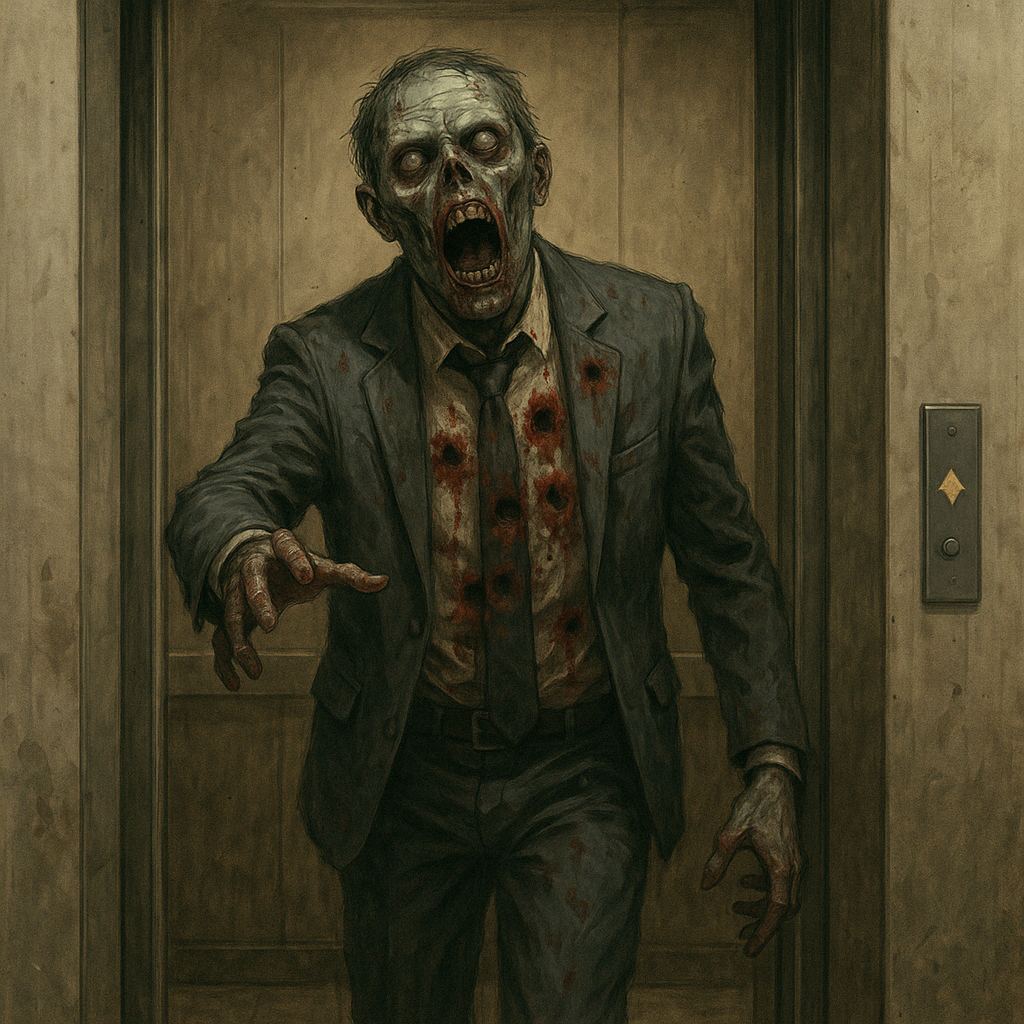
Firearm Wounds
Understanding lethality

Understanding lethality
| Factor | Effect on Lethality |
|---|---|
| Placement | Primary determinant (CNS & heart = most lethal) |
| Caliber | Larger = more trauma; small calibers still deadly |
| Muzzle Energy | More energy = deeper, wider wound |
| Velocity | Higher = more penetration and cavitation |
"Where the bullet goes" is more important than what type of bullet it is.
Larger calibers generally cause more tissue destruction, but lethality still depends on shot placement.
Higher muzzle energy = more potential for deep and wide tissue damage.
Formula: Energy = (1/2)mv²
High-energy rounds can create temporary cavitation, damaging tissue beyond the direct bullet path.
Velocity affects both penetration and cavitation.
High-velocity projectiles can shatter bone and create significant hydraulic shock.
Temporary vs. Permanent Wound Cavity: